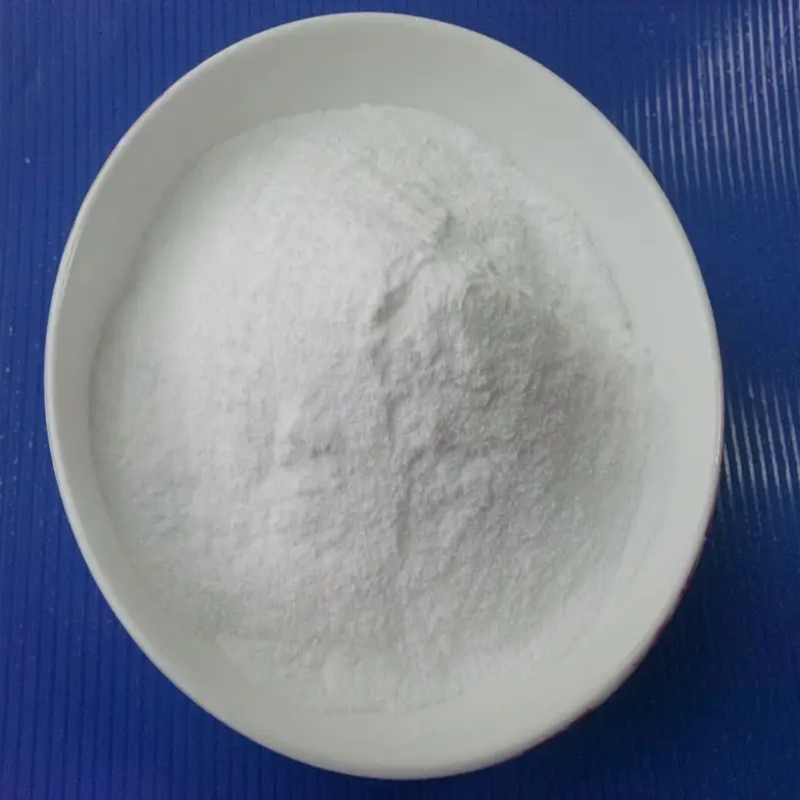-
Categories
-
Pharmaceutical Intermediates
-
Active Pharmaceutical Ingredients
-
Food Additives
- Industrial Coatings
- Agrochemicals
- Dyes and Pigments
- Surfactant
- Flavors and Fragrances
- Chemical Reagents
- Catalyst and Auxiliary
- Natural Products
- Inorganic Chemistry
-
Organic Chemistry
-
Biochemical Engineering
- Analytical Chemistry
- Cosmetic Ingredient
-
Pharmaceutical Intermediates
Promotion
ECHEMI Mall
Wholesale
Weekly Price
Exhibition
News
-
Trade Service
Acute ischemic stroke (CIS) has surpassed cardiovascular disease and malignant tumors in China and become the first cause of
death.
Intravenous thrombolytic therapy
According to the 2018 US CIS Early Management Guidelines:
(1) For patients with ischemic stroke symptoms within 3 to 4.
(2) For patients with oral warfarin within 3~4.
(3) rt-P A intravenous thrombolysis is not recommended for direct thrombin inhibitors or direct Xa factor inhibition
Patients with the agent, unless the patient's laboratory indicators such as activated partial thromboplastin time, INR, platelet count, snake venous enzyme agglutination time (ECT), prothrombin time, and direct Xa activity test are normal or the last dose has been taken for more than 48 hours and the renal metabolism function is normal
The timing of restart anticoagulation therapy
The timing
of initiation of anticoagulation should be selected based on the patient's NIHSS score and assessment of bleeding risk.
Treatment in patients with bleeding or anticoagulation contraindications
Patients with postinfarct bleeding should be postponed to 4 to 8 weeks
after onset of illness, as long as bleeding and related risk factors can be treated, depending on the patient's specific circumstances.
New oral anticoagulation
Studies have shown that the use of novel oral anticoagulants for secondary prevention of stroke reduces the risk of stroke or systemic embolization recurrence by up to 16%, the risk of disabling or fatal stroke by 19%, and significantly reduces the risk of intracranial hemorrhage by up to 80%
compared with well-controlled warfarin.
epilogue
In summary, the proportion of acute ischemic stroke due to atrial fibrillation has been on the rise in recent years, and clinicians should attach great importance to the management of
such patients.
An example of abnormal cerebral embolism caused by pulmonary arteriovenous fistula
Use it to soak water to drink, anti-cancer, drop three highs, anti-stones, but also lose weight and light spots! It's so divine
FAST breaks the "taboo", and the 95-year-old man escapes from death
Examination items and timing of 10 complications of diabetes







